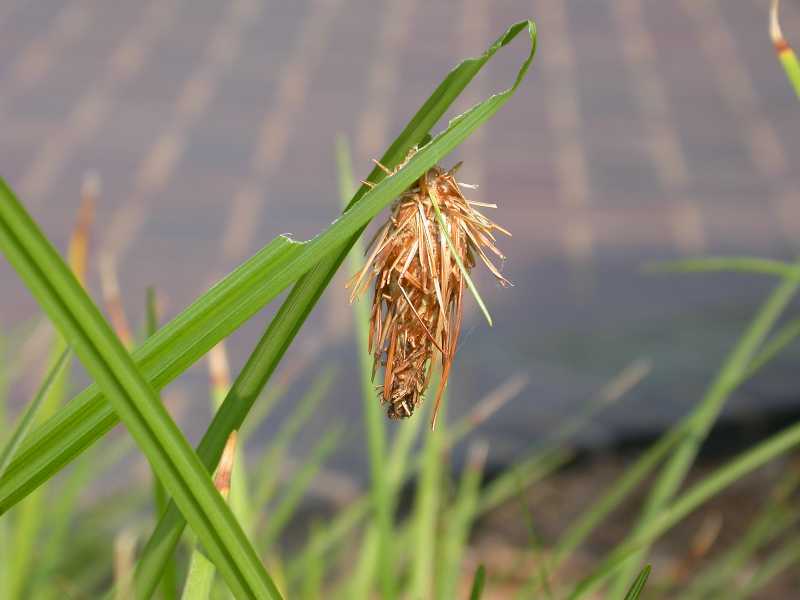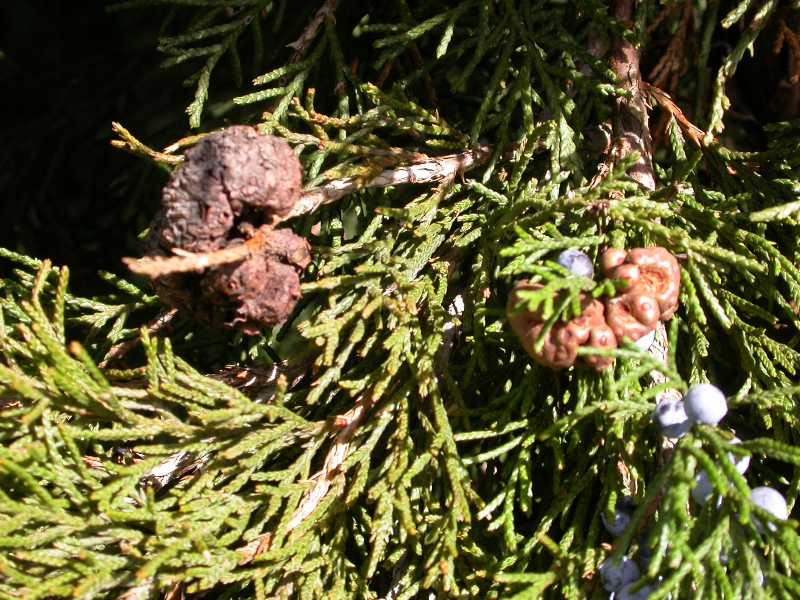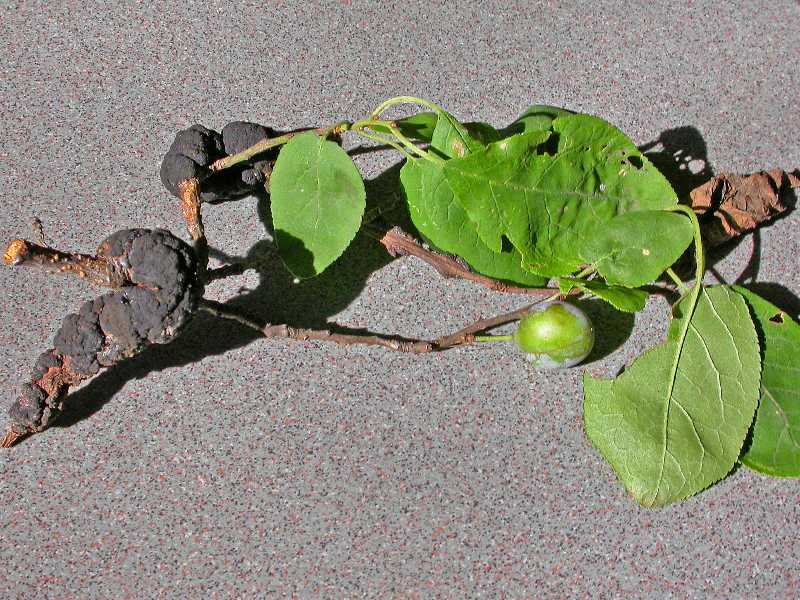Pests? A Hex? Or Boxwood Blight? Identify and treat the maladies affecting your boxwood. (Or let Glorious Gardens do so!) Caring for and treating your boxwood can be a confusing and onerous process. Here are the ways to identify and treat the most common issues with boxwood, and the ways you can prevent them from happening.
Boxwood Blight
This is a fungal infection that has no known cure so far, but many ways to prevent it from happening. Initial symptoms of the blight are dark brown spots and lesions on the leaves. From there, it spreads, turning the stems black and the leaves completely brown. Then the leaves fall off, one by one! For younger plants, this disease is fatal. On older plants, pruning out the blighted stems can keep it from spreading.
By far, the most common way this disease is spread is by through the introduction of asymptomatic plants into an already thriving garden. This is why it is of utmost important to source your plants locally, from reputable landscapers, like Glorious Gardens, or from licensed nurseries with properly trained staff.
Certain temperature and humidity ranges are also conducive to the spread of the disease, so it is important to only water your boxwood plants in the morning, avoiding overhead watering and any accumulation or pooling of excess water. Space, and therefore air flow, between boxwood can also help mitigate blight risks.
Leafminer
The larvae of this pest feeds between the upper and lower parts of the leaves, causing blisters on the undersides.
You can prevent the presence of leafminers by encouraging the presence of natural predators such as green lacewings and spiders. Since those tend to fly or crawl away, alternatively you can prune the affected leaves before the adults emerge or right after the eggs are laid around late May. There are also specially-labeled pesticides that need to applied in early spring, and then a second time between mid-June and mid-July.
Psyllids
Psyllids are small but destructive pests that cause piercing damage and suck the sap out of the buds and young leaves. A psyllid infestation is most easily identified by the cupping of leaves that will eventually shed and the waxy filaments and secretions they leave behind. After a psyllid infestation, the terminal growth of your boxwood will be affected for two years on average.
If an infestation is caught early, it can be mitigated by pruning the affected leaves before the nymphs turn into adults. There are specially-labeled pesticides to apply in early spring when the new psyllids are forming.
Whether your boxwood have psyllids, leafminers, or blight, Glorious Gardens provides these care services as part of a customized landscape maintenance package to ensure that your boxwood grow healthy, robust, and beautiful. Contact us today at info@gloriousgardens.com for a free consultation!



